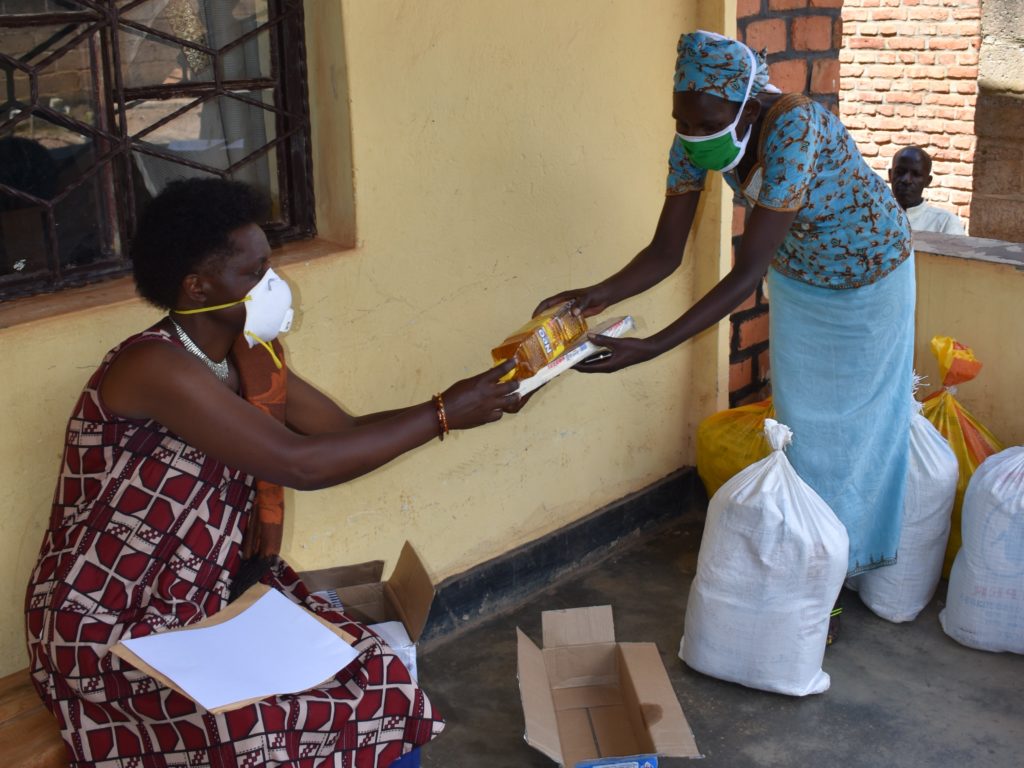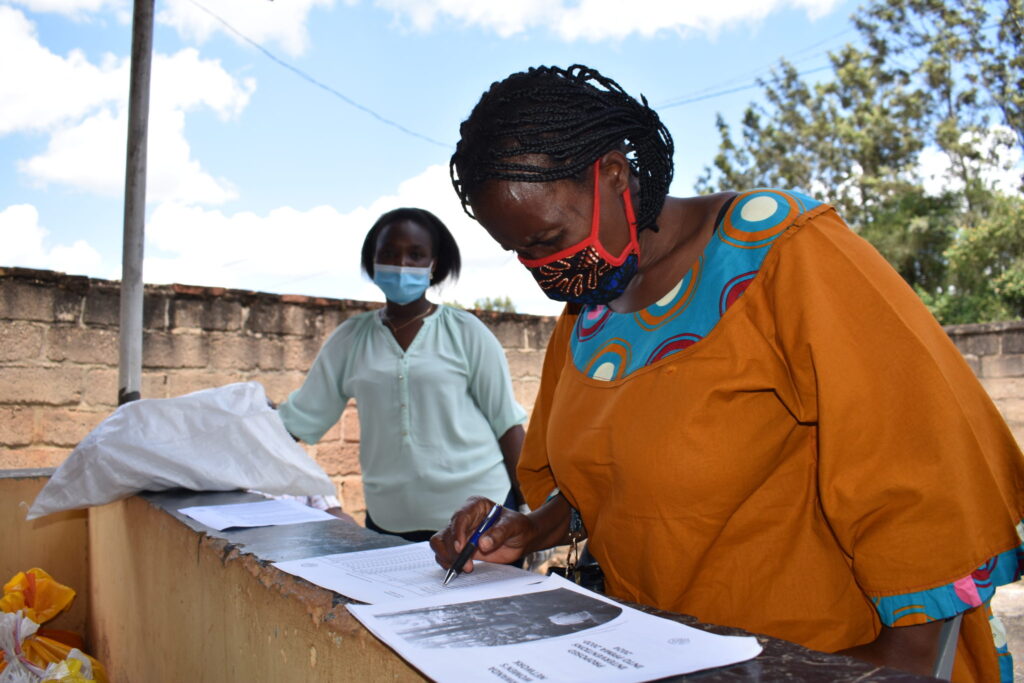It’s time we lead on implementing interventions that prioritize meeting the needs of women and girls at home and abroad.

Last year on International Women’s Day, our world was shutting down. This Women’s Day, we have the rare opportunity to make that world a far better place for women and girls.
We need to seize this opportunity.
As COVID-19 has ravaged nearly every nook on the planet, we’ve been forced to take hard looks at our politics, our governance structures, and our cultural practices. We’ve learned a great deal about what has taken place and why, and what must happen now, if we are to build a more equitable and resilient world.
The pandemic’s impacts on women and girls have been severe, and the challenges ahead are legion: Millions more girls and women are out of school and the work force, incidences of sexual violence have skyrocketed, and access to sexual and reproductive health care has been severely limited, with those in remote regions, conflict zones and refugee settings the last served.
Of course, the deep structural inequities harming girls and women worldwide predate the pandemic. And as essential workers on the front lines combatting COVID-19, women’s health, safety and incomes remain at high risk.

Still, there is good news. Emergency relief packages have eased the strain on vulnerable communities, thanks largely to the ingenuity and fearlessness of local women’s organizations familiar with the needs on the ground.
Luckily, COVID cases and fatalities are less than feared in many low-income countries, where vaccinations are now finally getting underway, giving hope to those whose livelihoods have been crushed that a recovery is indeed in sight. And critically, more gender-disaggregated data are now being collected, making it easier to see who’s been left out, at what cost, what interventions will remedy these inequities, and what resources are required to design and implement them.
Now that the United States is again led by champions of women who care about gender rights and dignity, science, truth and our fate as individuals, a nation and as a planet, it’s time we lead on implementing those interventions that prioritize meeting the needs of women and girls at home and abroad.
Happily, the Biden-Harris administration has hit the ground running, with the creation of a White House Gender Policy Council, charged with coordinating all policy affecting women and girls “across a wide range of issues such as economic security, health care, racial justice, gender-based violence and foreign policy.”
And President Biden quickly rescinded the so-called Mexico City Policy or global gag rule, freeing up hundreds of millions of dollars for foreign NGOs and the United Nations Population Fund to implement maternal and child health and family planning programs. This action alone will save countless lives and strengthen the capacity of hundreds of non-profit health organizations to see and treat their female patients.
On the domestic front, passage of the president’s caregiving agenda is now urgent, with its vital support for increased wages, childcare, worker protections, paid family and sick leave, tax credits, and unemployment insurance. We also need to strengthen the laws regulating sexual harassment and discrimination in the workplace. Domestically and internationally, COVID relief should include access to the internet for women and girls, digital payment platforms to transfer cash to women directly, and access to loans, lines of credit and e-commerce platforms for women-owned companies—which tend to be smaller and more vulnerable to economic shocks.

Beyond the immediate emergency, the U.S., in close collaboration with our allies and other international partners, should create global blueprints for progress in three areas essential to women’s advancement: our health, our education and lifelong prospects, and our built and natural environment. On all these issues, women leaders from around the world must be at the decision-making table, bringing their expertise from a vast array of local communities, faiths, trades, universities, and national governments.
To strengthen our health systems worldwide, we need to reduce maternal and neonatal mortality, expand access to adolescent sexual and reproductive health care, and build the supply of vaccines and other pharmaceuticals, medical personnel, clinical facilities and medical equipment.
The international community is responsible for mobilizing sufficient resources to expand access to schooling from pre-K through university, building on the work of the U.N.’s Global Education First initiative. Once children have safely returned to school post-pandemic, strategic international investment in education can enable every human being to enjoy her rightful access to quality schooling, work force preparedness, and professionalization, elevating women’s status, self-worth and influence.
With more women than men living in slum dwellings and their work overwhelmingly grounded in now-ravaged informal economies worldwide, the U.S. and its allies should finally focus as well on creating the conditions for thriving in human settlements: safe housing, water and sanitation, transport, schools, parks and places of work. This long-deferred investment is an opportunity for multilateral cooperation as well as for public-private-community partnerships to take their cues from women and local communities and build vitally needed, sustainable infrastructure, generating countless green construction and service jobs along the way.
Of course, more needs to be done. But if a renewed America can help bring the international community together to implement an agenda based on these top priorities, the world will look much brighter for women and girls, and there will be no turning back.
You may also like:
The coronavirus pandemic and the response by federal, state and local authorities is fast-moving. During this time, Ms. is keeping a focus on aspects of the crisis—especially as it impacts women and their families—often not reported by mainstream media. If you found this article helpful, please consider supporting our independent reporting and truth-telling for as little as $5 per month.





